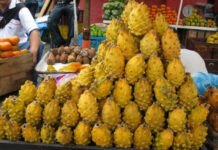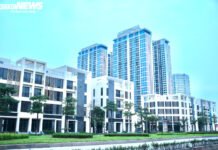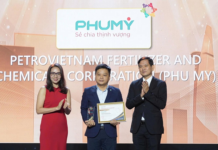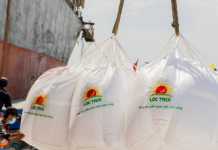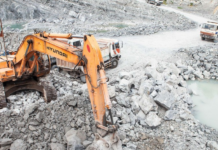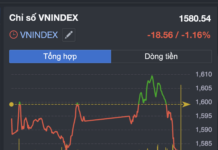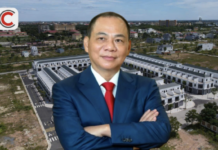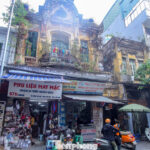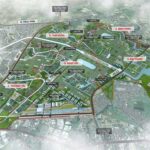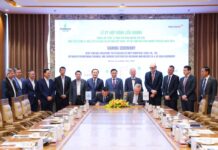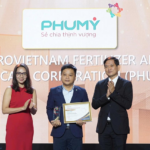Hanoi Approves 4,560-Hectare Olympic Sports Urban Area Sub-Zone B Master Plan
The Hanoi People’s Committee has issued Decision No. 5398/QĐ-UBND, approving the planning task for the Olympic Sports Urban Area Sub-Zone B at a scale of 1:2,000. This marks a crucial step in the capital’s vision for large-scale sports urban development, following the earlier approval of Sub-Zone A.
The planning area encompasses the administrative boundaries of Thuong Tin, Tam Hung, Thuong Phuc, and Dan Hoa communes. The specific scope is as follows:
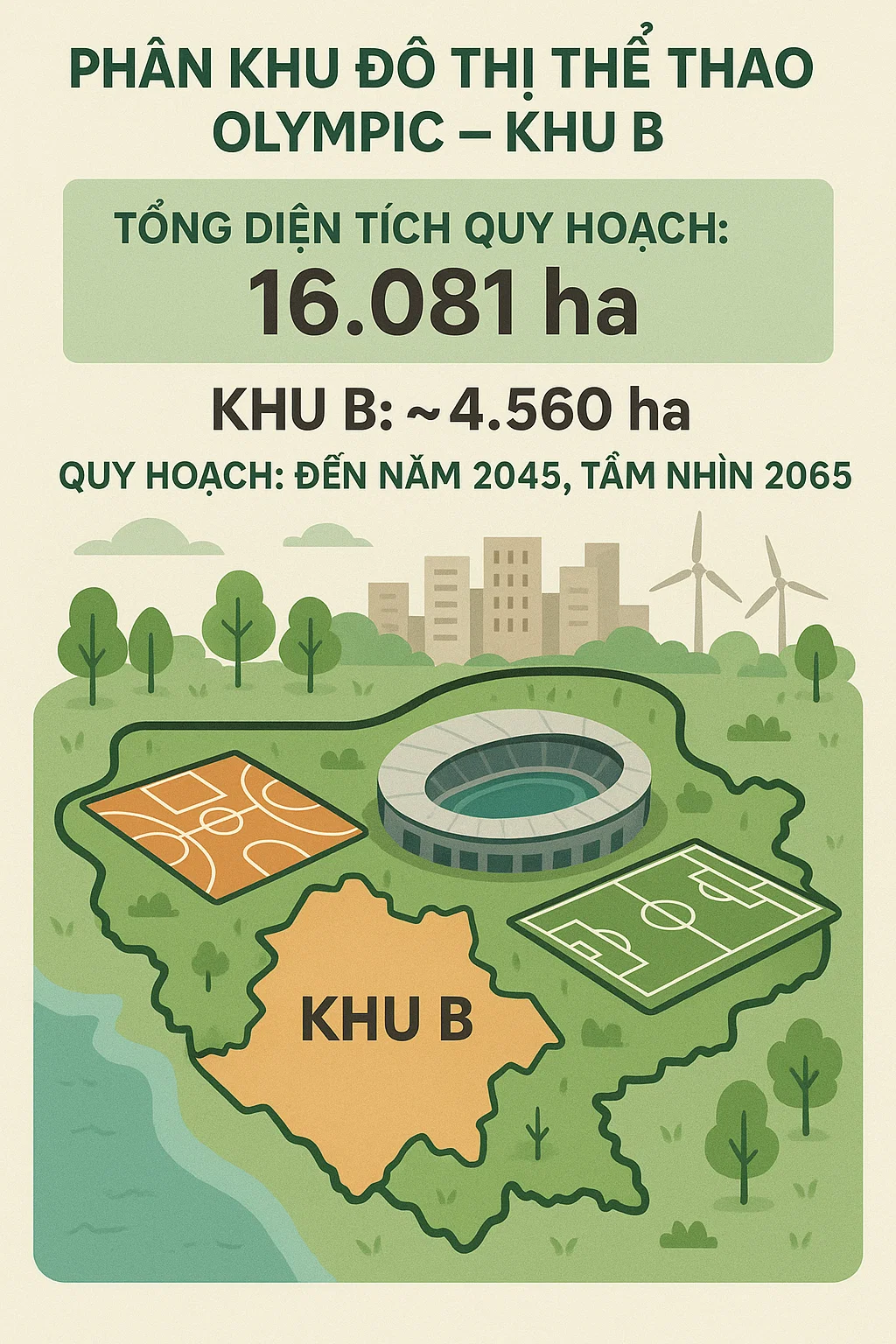
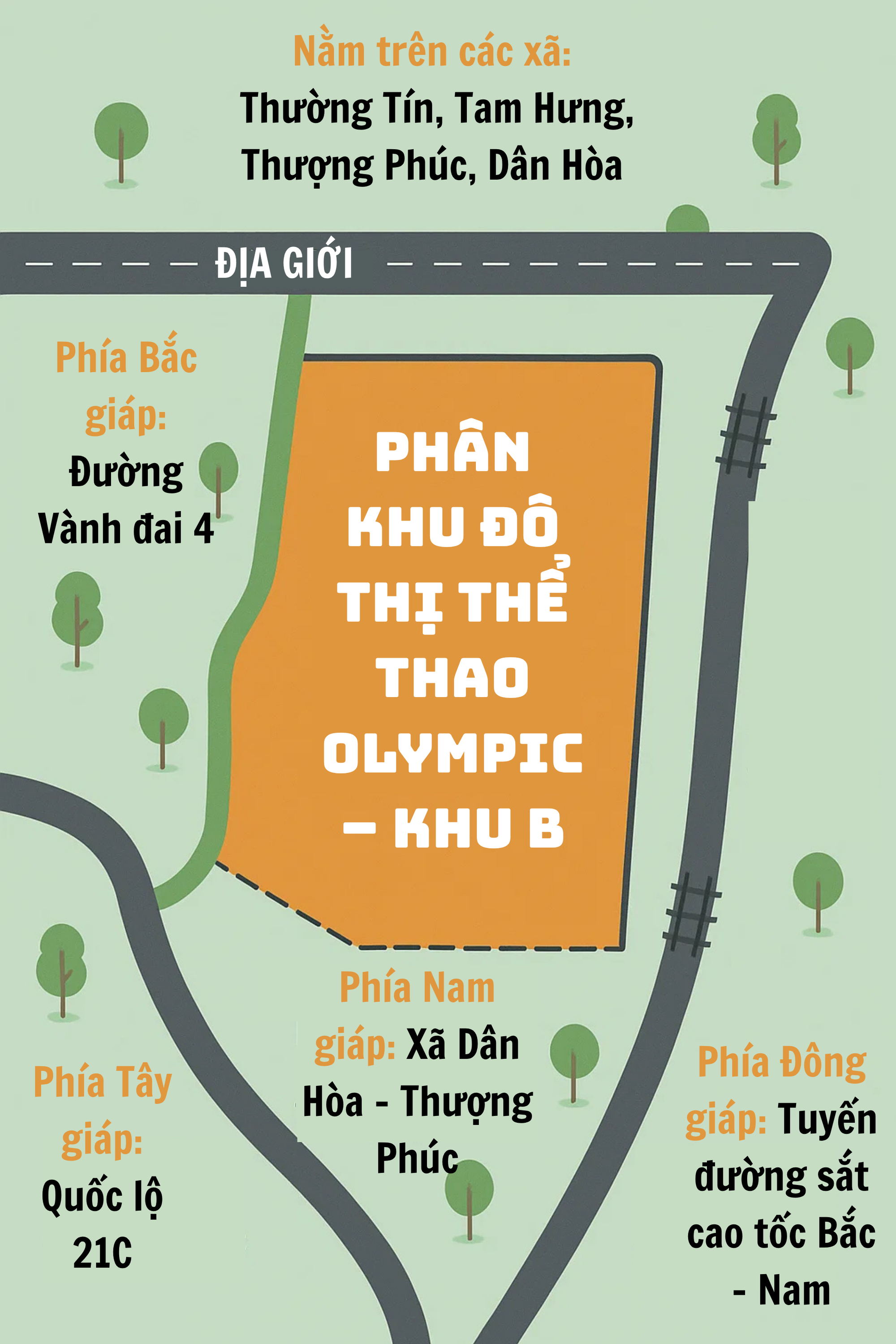
The master plan outlines a diverse land-use strategy, including areas for sports, residential zones, mixed-use developments, public services, technical infrastructure hubs, schools, public green spaces, cultural sites, water bodies, transportation networks, and agricultural land. This integrated approach aims to balance economic, social, and environmental development while enhancing the quality of life for residents in Hanoi’s southern districts.
The Hanoi Department of Architecture and Planning’s Management Board for Architectural Planning has been tasked with organizing the planning process. A consulting firm will be selected through a standard designation procedure, adhering to public procurement regulations. The Hanoi Department of Architecture and Planning will review the plan, while the Hanoi People’s Committee will provide final approval. The planning process is expected to be completed within nine months from the decision’s issuance.
The approval of the Olympic Sports Urban Area Sub-Zone B planning task is a significant milestone in the development strategy for the southern area of the Red River. Upon completion, the Olympic Sports Urban Area is poised to become a leading regional hub for sports, culture, and tourism, driving infrastructure, services, education, and tourism growth. This aligns with Hanoi’s vision to become a “Creative, Sporty, and Sustainable City” by 2065.
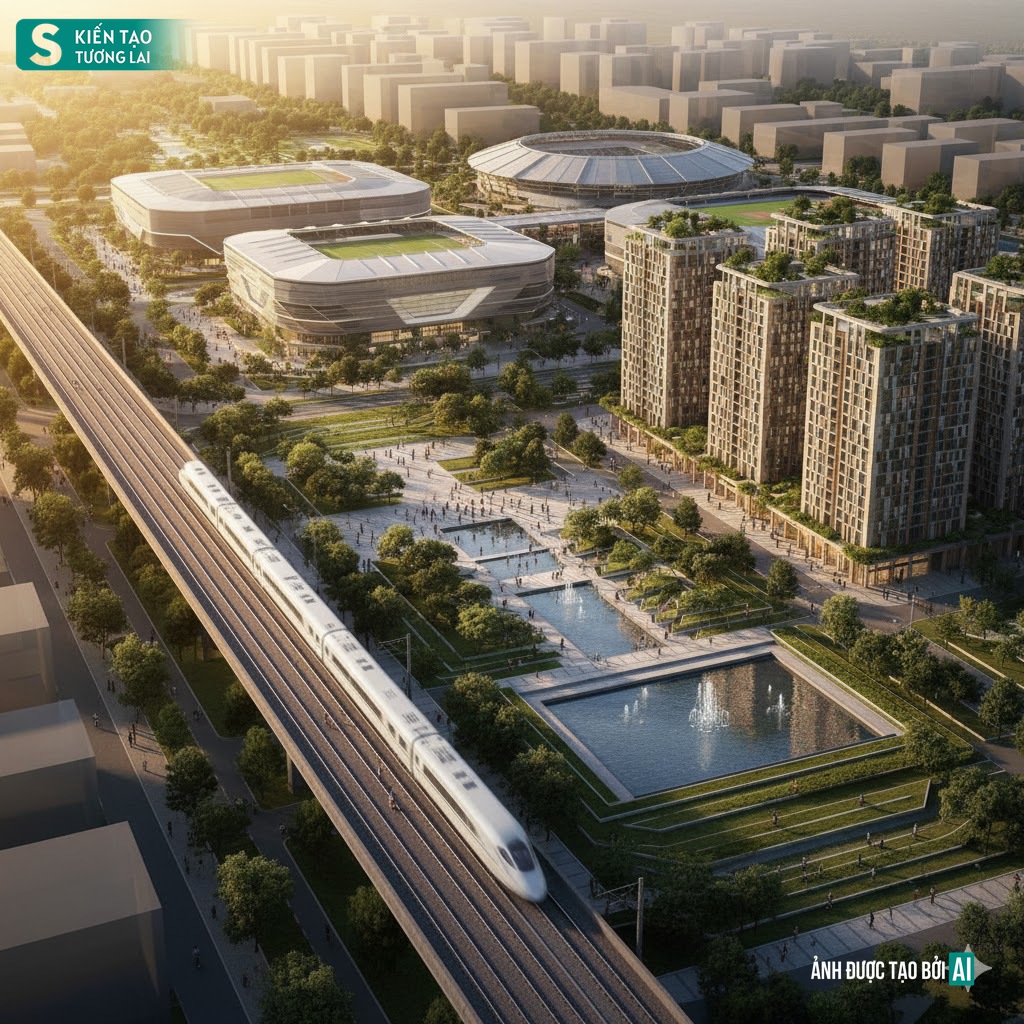

Hanoi Approves Planning Task for Olympic Sports Urban Area Sub-Zone A
Previously, the Hanoi People’s Committee issued Decision No. 5397/QĐ-UBND, approving the planning task for Olympic Sports Urban Area Sub-Zone A at a scale of 1:2,000.
The total area of the Olympic Sports Urban Area is approximately 16,081 hectares, with Sub-Zone A—the initial phase—covering 3,280 hectares. The planning horizon extends to 2045, with a vision for 2065.
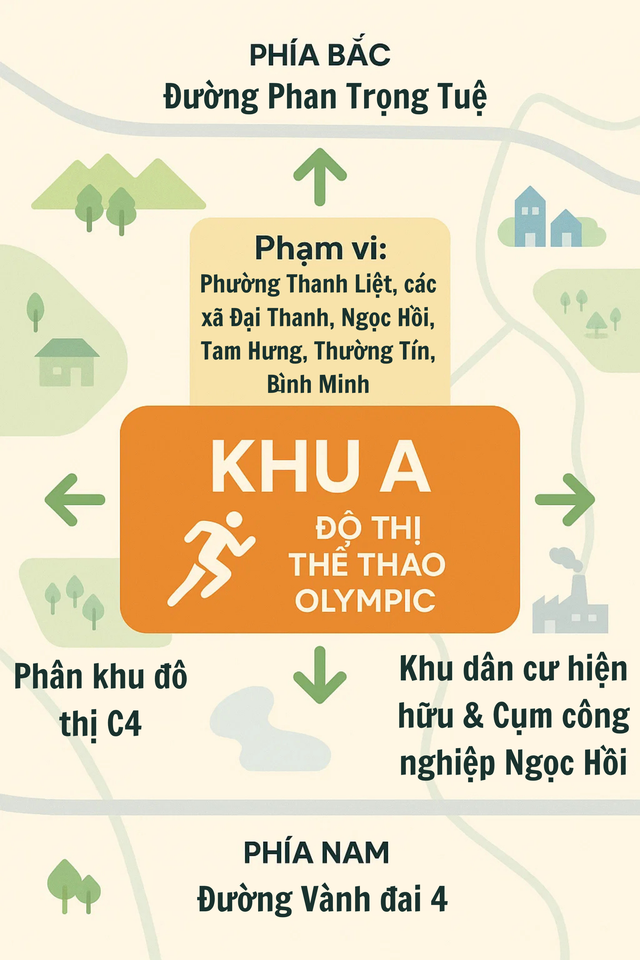
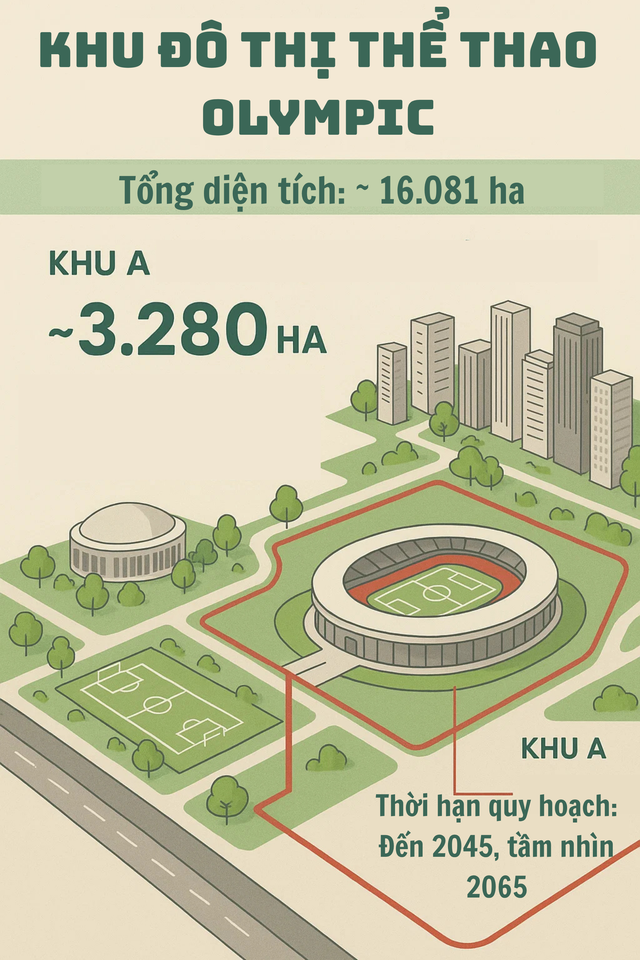
The Olympic Sports Urban Area is envisioned as a modern sports, tourism, and eco-friendly complex. It will feature an Olympic-standard sports complex, athlete villages, training centers, and integrated hospitality, commercial, entertainment, cultural, and ecological amenities.
The goal is to create a vibrant, green, and smart urban cluster that meets residents’ needs and supports hosting regional and international sporting events, such as the Asian Games or the Olympic Games.
The project also emphasizes sustainable development and environmental conservation. By integrating sports, tourism, and ecology, it aims to create a livable, green, and smart urban environment, contributing to Hanoi’s goal of becoming a “Green, Civilized, and Modern City” by 2050.
Athlete villages, training centers, accommodations, and commercial services will be harmoniously integrated with the landscape, utilizing clean energy and eco-friendly technologies.
Additionally, the project will have positive social impacts, creating jobs, improving local livelihoods, and fostering comprehensive technical and social infrastructure development in southern Hanoi. Once operational, the Olympic Sports Urban Area will symbolize Hanoi’s modernity and international integration, showcasing its commitment to building a dynamic, creative, and culturally rich city.
New Regulations for Construction Contractors in Hanoi’s Old Quarter and Historic Streets
For construction projects in Hanoi’s Old Quarter, historic streets, and urban areas, the city mandates that project owners implement measures to minimize dust, noise, and vibrations. These restrictions are particularly emphasized between 12:00 PM and 1:00 PM, as well as from 10:00 PM to 5:00 AM.
Mê Linh Emerges as a Hotspot for Real Estate Investors with Hanoi’s Most Expensive Double-Decker Bridge and Connecting Road Network
Nestled in the burgeoning Me Linh urban area, residents enjoy seamless connectivity to Hanoi’s city center via National Highway 2, Ring Road 3, and the iconic Thang Long and Nhat Tan bridges. Future developments promise enhanced accessibility with two additional bridges, two new ring roads, and two metro lines, further solidifying its status as a premier urban hub.
Ho Chi Minh City’s Vision as an International Port Metropolis: A New Catalyst for Economic Growth and Real Estate Development
Ho Chi Minh City is embarking on a transformative phase, poised to become an international port city by expanding its development footprint towards the Southeast and directly integrating with the Cai Mep – Thi Vai port cluster. This strategic shift not only reshapes the urban economic model but also unlocks new growth potential for the real estate market.



